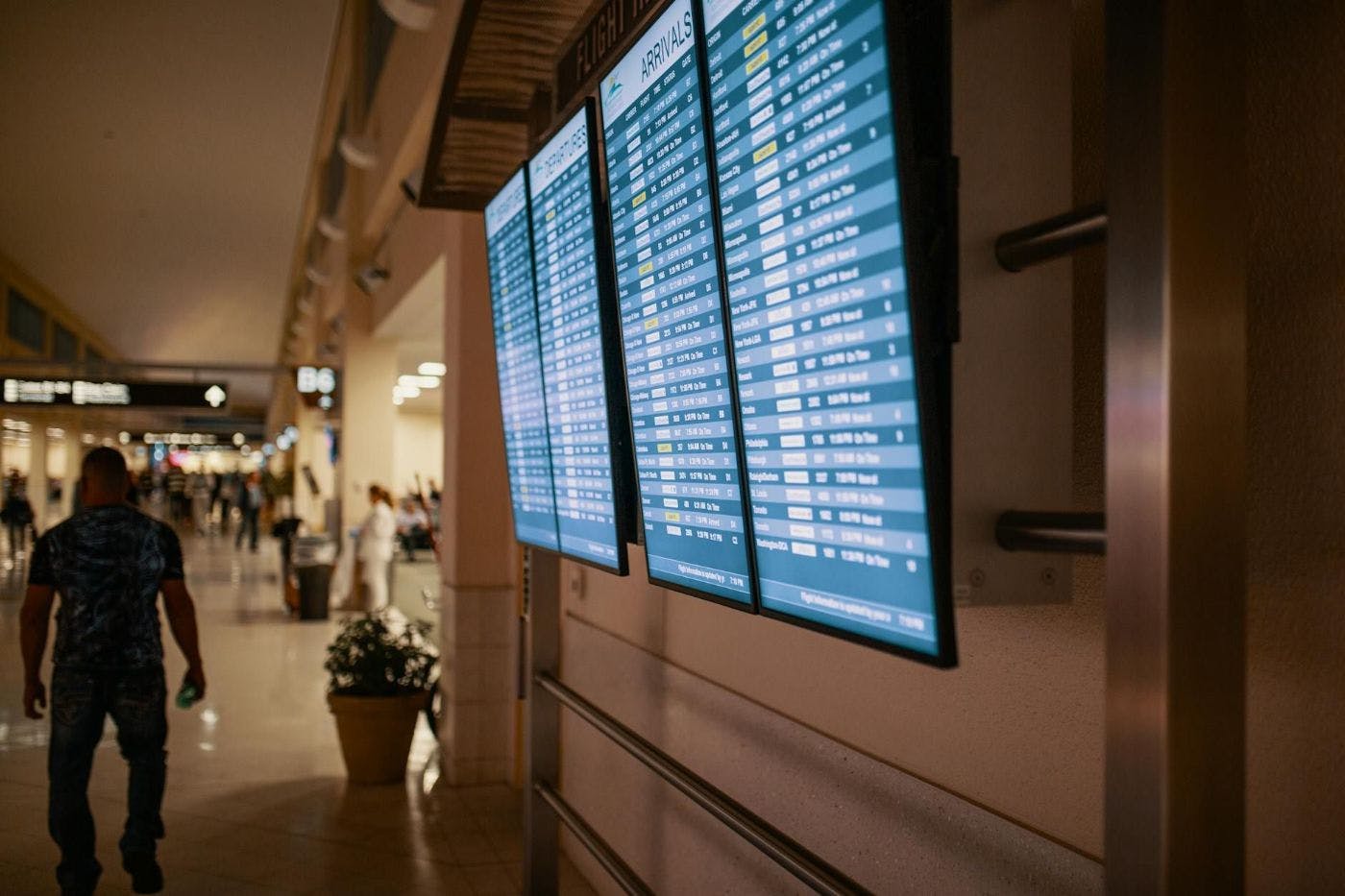
2024-7-19 20:33:57 Author: hackernoon.com(查看原文) 阅读量:1 收藏
In the wake of the global IT outage, today’s events have suddenly brought into sharp focus the latent vulnerabilities within our interdependent digital infrastructure. Chaos has gripped airlines, healthcare, and financial institutions—critical services. Right at the centre of this crisis lies a flawed software update by security firm CrowdStrike that aimed to protect Microsoft Windows devices. These consequences thus serve as a shocking reminder of the risks involved with the forcing updates strategy Microsoft uses and its high dependency on a few key players within the technology world.
The Extent of the Chaos
The CrowdStrike update disruption was highly significant. Carriers like United, Delta, and American Airlines grounded flights worldwide, causing long queues and delays at airports. At Sydney, Tokyo-Narita, and Delhi airports, it was reported that the departure screens had gone blank at some of these locations, while in Europe, there was a huge delay noted at London's Stansted and Gatwick and Amsterdam's Schiphol. Ryanair issued a warning regarding possible disruptions resulting from a third-party outage.
It also had an impact on the health sector: In the UK, GPs were having issues making appointments with patients. Financial and retail sectors were equally hit—supermarkets like Morrisons and Waitrose didn't handle contactless payments, forcing many to go back to cash-only transactions. The same happened in Australia's National Australia Bank and retail chains like Woolworths.

The Root Cause: Forced Updates
The outage had been triggered by a "defect" in a content CrowdStrike had provided for a Microsoft Windows update. As stated by CrowdStrike's CEO, George Kurtz, this was not a security incident or cyber-attack but rather a flawed update. By the time it was identified that there was indeed a problem and that Crowdstrike had isolated the issue, the damage was done. The fix needed to be applied individually at each affected device by manually entering safe mode—a huge logistical challenge for IT departments everywhere.
This incident highlights the dangers of forced updates Microsoft applies that have been inherent in it. As much as updates are meant to enhance security and functionality, automatically pushing them without proper testing may lead to catastrophe. Forced updates take away the power from users and IT administrators regarding when and under what conditions changes in software occur, hence raising the possibility of issues on a bigger scale.

The Vulnerability of Centralized Systems
CrowdStrike's involvement in this outage is revealing of something deeper: the fragility of centralized systems. CrowdStrike is a relatively young company that forms one of the hinges on which cybersecurity for many large organizations turns. That type of fast growth and wide adoption is both a tribute to its capabilities and a possible single point of failure. The recent outage shows how an issue in one part of the huge network can turn into a global crisis.
Microsoft's role in the situation is equally critical. As a monopoly in operating system markets, any malfunctioning of their products creates sweeping effects. The dependency of innumerable organizations on Microsoft Windows makes even the tiniest disruption in its ecosystem potentially capable of paralyzing operational activities in numerous sectors.
The Need for Better Practices
As such, the incident gives many lessons regarding best practices in software updating and cybersecurity. More efficient procedures are needed for testing updates before their dissemination, which especially involves CrowdStrike and Microsoft. It could use staggered deployments where the update would first be given to some small set of users and then deployed in totality. This allows any problems originally detected to be resolved within a controlled environment.
Microsoft needs to revise its forced update policy, which all too often disrupts users and businesses by forcing potentially flawed updates with little notice or control. Microsoft should instead enable rollbacks to a previous release and phased rollouts that allow updates to be tested on a smaller subset of users before a wider release. This would, in turn, open up the opportunity to identify problems earlier than usual and fix them prior to their causing wide disruptions—to improve overall stability and reliability in software. It would be a nice enhancement to user experience and improved faith in the Microsoft ecosystem if this empowered users and IT administrators to feel better toward updates.

The flawed CrowdStrike update and the subsequent universal IT outage remind us how fragile our digital infrastructure really is. It underlines the risks that come with forced updates and the vulnerabilities in centralized systems. As we grow ever more dependent on digital technologies, ensuring that solid, reliable, and transparent cybersecurity practices have never been more opposing. The CrowdStrike and Microsoft companies will indeed have to learn from the saga and put in place proactive measures to prevent such events in the future.
如有侵权请联系:admin#unsafe.sh